Lotte Mart - Sangnok Branch [Tax Refund Shop] (롯데마트 상록점)
17.4Km 2024-04-22
8, Banseok-ro, Sangnok-gu, Ansan-si, Gyeonggi-do
-
ABC-Mart - ENTER 6 Anyang Station Branch [Tax Refund Shop] (ABC마트 GS엔터식스안양)
17.4Km 2024-04-22
5, Seolleung-ro 162-gil, Gangnam-gu, Seoul
-
Olive Young - Anyang Ilbeonga Underground Shopping Center Branch [Tax Refund Shop] (올리브영 안양일번가지하상가점)
17.4Km 2024-06-27
B231, #D20, Manan-ro, Manan-gu, Anyang-si, Gyeonggi-do
-
Gwacheon National Science Museum (국립과천과학관)
17.5Km 2025-07-14
110, Sanghabeol-ro, Gwacheon-si, Gyeonggi-do
As a landmark facility representing Korea’s advanced science and technology capabilities, Gwacheon National Science Museum strives to encourage young visitors to become interested in science and shares with the public scientific principles that govern daily life. The museum has permanent exhibition halls, special exhibition halls, a planetarium, outdoor exhibitions, and more. Over 50% of the exhibition items on display are interactive, allowing visitors to jump in and experience science first-hand using their minds and their imagination.
Olive Young - Moran Jungang Branch [Tax Refund Shop] (올리브영 모란중앙)
17.5Km 2024-04-19
1146, Seongnam-daero, Jungwon-gu, Seongnam-si, Gyeonggi-do
-
Ononsa Guesthouse (온온사)
17.6Km 2023-07-17
58 Gwanaksan-gil, Gwacheon-si, Gyeonggi-do
Though Ononsa, which was a guesthouse in Gwacheon, was constructed in the 27th year of King Injo's reign in the Joseon dynasty (1649), the name, "Ononsa," was given to this area during the reign of King Jeongjo. On February 11, 1790 during his royal procession to the tomb of his father, Crown Prince Sado, stayed at an inn in Gwacheon and, as he felt that it "has nice views and provides a comfortable stay," he bestowed upon the place plaques that he wrote himself - "Ononsa" to Seoheon and "Burimheon," which was the old nickname of Gwacheon, to Dongheon. This is how this place began to be called Ononsa.
It was designated as a Tangible Cultural Heritage of Gyeonggi-do on June 2, 1980, and it was restored on December 2, 1986 after being torn down.
Ansan Botanical Garden (안산식물원)
17.6Km 2021-05-07
113, Seongho-ro, Sangnok-gu, Ansan-si, Gyeonggi-do
+82-31-481-3168
Opened in 2001, the Ansan Botanical Garden has three halls. The first hall (382.81㎡) is a tropical garden, home to 98 species, including palm trees. The second hall (846㎡) features 177 species in 11 families of floral plants, such as irises. The third hall (846㎡) features 177 species in 4 families of marsh plants. Outside gardens include a rose garden, fruit tree garden, wild plant garden, plant succession garden, and a pond featuring a total of 46 plants including red momo botan lotus. The botanical park has a pyramid-shaped, modern greenhouse that is a source of pride for Ansan City. The park is also connected to Seongho Park.
Gyeongmajang Orijip (경마장 오리집)
17.7Km 2020-06-01
20-4 Gungmal-ro, Gwacheon-si, Gyeonggi-do
+82-2-502-7500
Gyeongmajang Orijip is a Korean restaurant specializing in duck cuisine. Moreover, the restaurant is located near popular recreational facilities such as Seoul Race Park, Seoul Grand Park (zoo and botanical garden), and Gwacheon National Science Museum. The restaurant's location is perfectly suited for those who seek to enjoy nature after a hearty meal.
Cheonggyesan Gondeurejip (청계산곤드레집)
17.7Km 2021-03-19
1, Cheongnyongmaeul, 1-gil, Seocho-gu, Seoul
+82-2-574-4542
This is a Korean cuisine located in Cheonggyesan Mountain, Seoul. A restaurant specializing in bibimbap. The best menu at this restaurant is thistle rice.
Seongho Museum (성호박물관)
17.7Km 2021-02-24
131, Seongho-ro, Sangnok-gu, Ansan-si, Gyeonggi-do
+82-31-481-2574
Seongho Museum was built by the municipality of Ansan in memory of Seongho Yi Ik (1681-1763), a great Neo-Confucian scholar from Ansan, to house his personal academic works and associated artifacts. The museum was opened in May 2002 and has on exhibit the personal handwritten materials and works of Yi Ik and other relics related to his studies and philosophy.
Major exhibits include Yi Ik’s handwritten poems and letters, the Seongho literary book, and books written by Toegye Yi Hwang, Misu Heo Bok, Bangye Yu Hyeong-won, and Dasan Jeong Yak-yong, most of which are the original copies. There are also a significant number of relics on exhibit that were once owned by individual collectors.
![Lotte Mart - Sangnok Branch [Tax Refund Shop] (롯데마트 상록점)](http://tong.visitkorea.or.kr/cms/resource/56/2887856_image2_1.jpg)
![ABC-Mart - ENTER 6 Anyang Station Branch [Tax Refund Shop] (ABC마트 GS엔터식스안양)](http://tong.visitkorea.or.kr/cms/resource/90/2881790_image2_1.jpg)

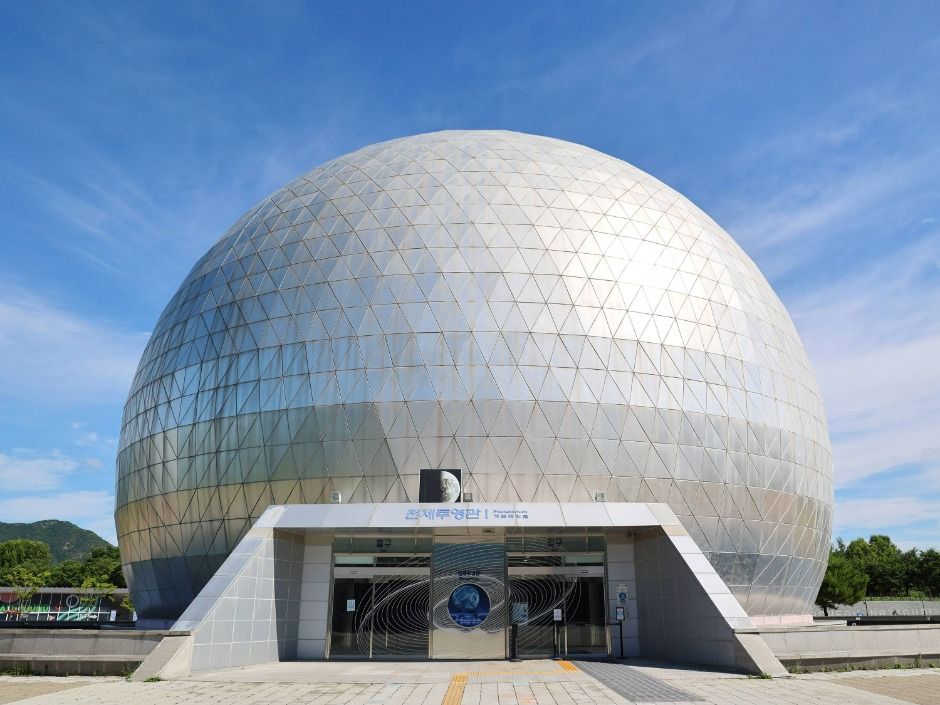
![Olive Young - Moran Jungang Branch [Tax Refund Shop] (올리브영 모란중앙)](http://tong.visitkorea.or.kr/cms/resource/47/2881647_image2_1.jpg)
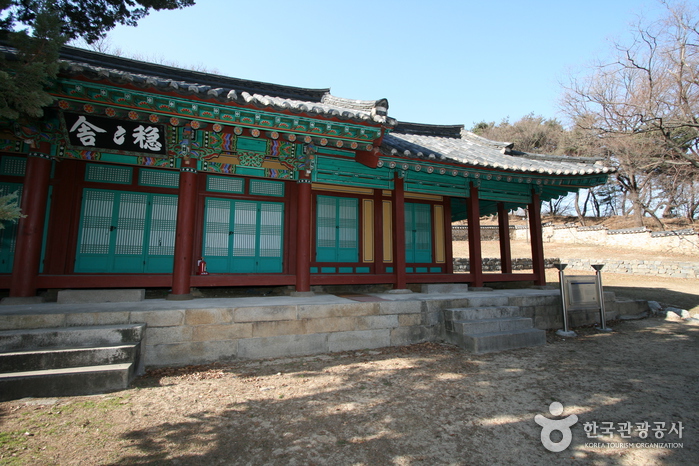
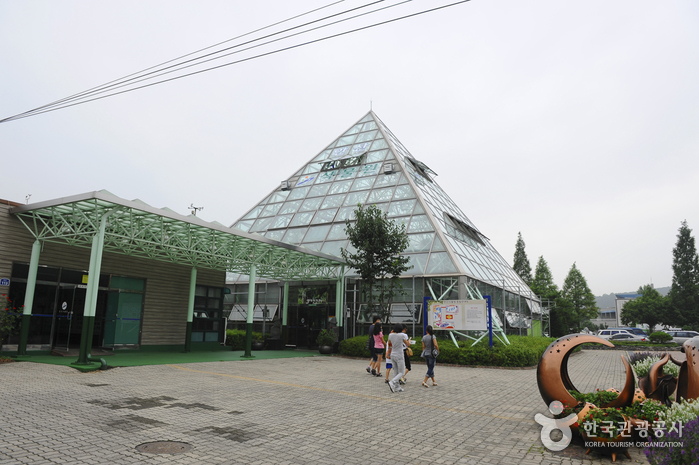
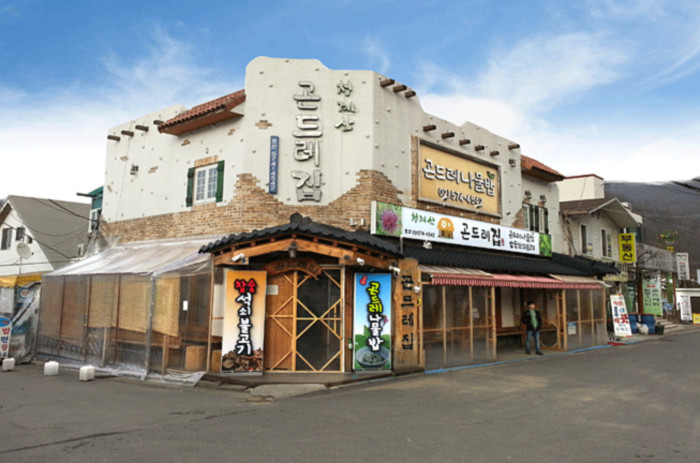
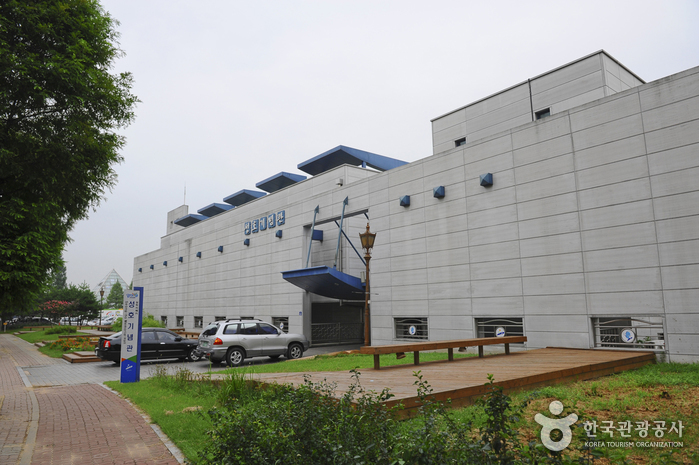
 English
English
 한국어
한국어 日本語
日本語 中文(简体)
中文(简体) Deutsch
Deutsch Français
Français Español
Español Русский
Русский